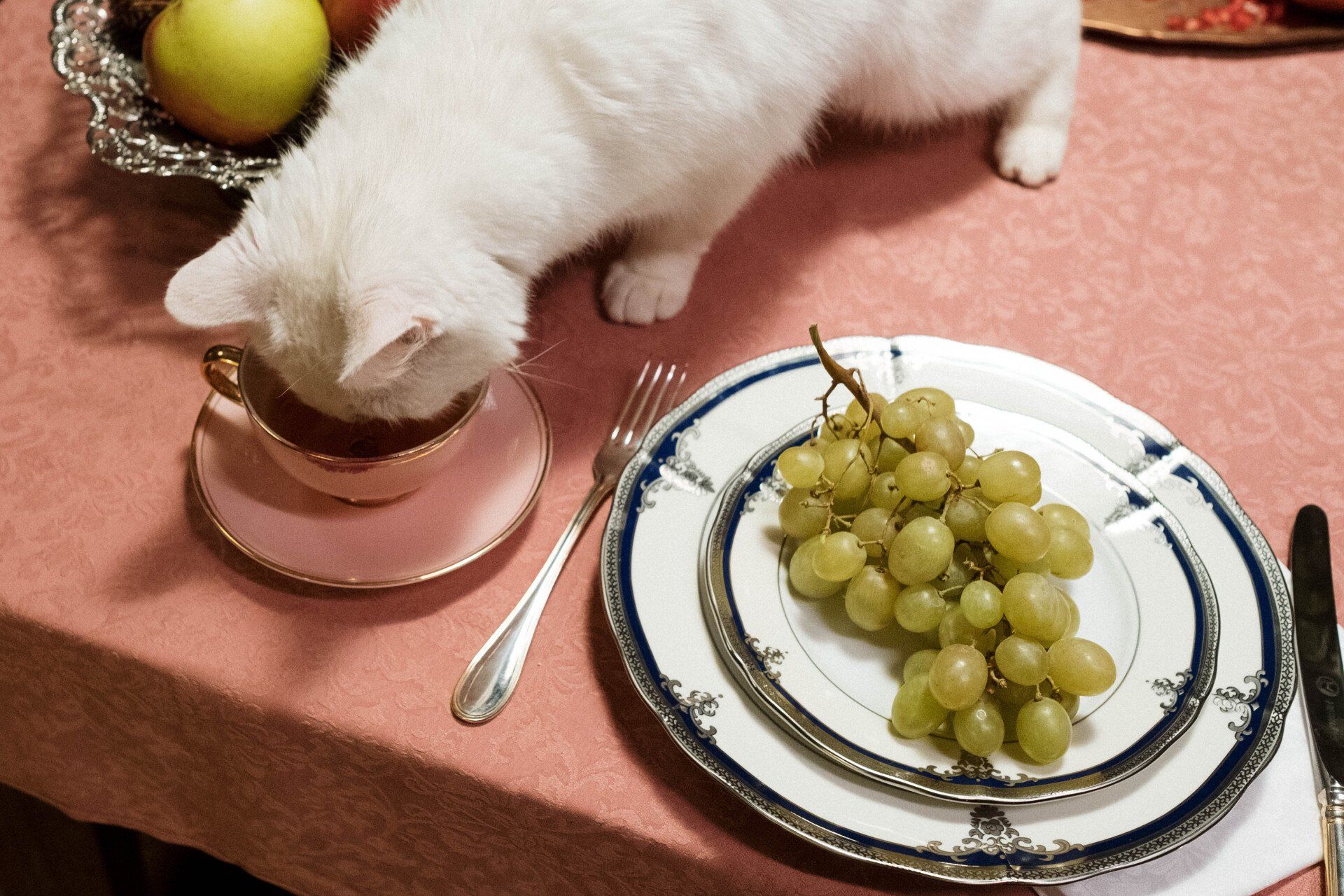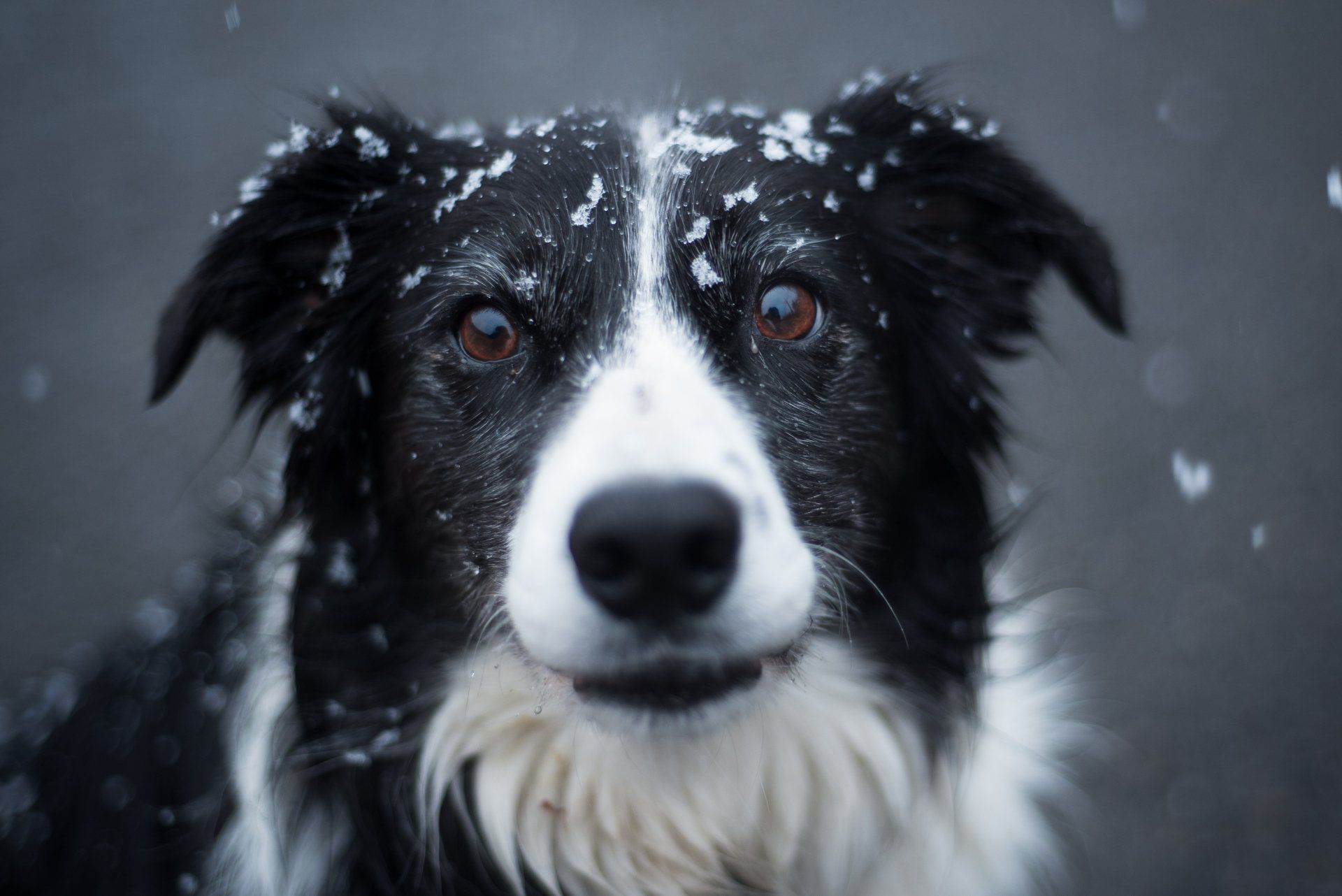Get in touch
555-555-5555
mymail@mailservice.com

Common Foods to Avoid in Dogs and Cats
Most pet owners know the feeling of being watched when they open the refrigerator or a cabinet in the kitchen. Fortunately, most of the food at home is safe to give to your dog or cat, but of course they can’t eat everything we do. Most people know to avoid giving their pets chocolate and caffeine-containing products, but here are some of the lesser known foods that are toxic to pets. It is generally recommended to bring your pet to your veterinarian or an emergency clinic to induce vomiting as soon as possible after ingestion of toxic food.
Fatty Foods and Large Amounts of Almost Anything
In general, avoiding fatty foods like bacon is recommended to prevent simple gastrointestinal upset. In more serious cases, pancreatitis can result from ingestion of large amounts of fat. Pancreatitis, or inflammation of the pancreas, can cause significant abdominal pain and nausea. Sometimes animals need to be hospitalized for treatment of severe pancreatitis. Feeding large quantities of almost anything (including a dog or cat’s normal food!) can result in gastrointestinal upset like vomiting and diarrhea.
Grapes & Raisins
The part of the grape that is toxic is unknown, though recent studies show tartaric acid may be to blame. Even in small quantities, grape ingestion can cause acute kidney failure that can result in death despite intensive medical intervention. Regardless of how aggressive treatment is, checking kidney values for 3 days after ingestion is standard and if all is normal, there are generally no long term consequences. Not every dog or cat that eats a grape or raisin will get sick - some people have always fed their pets this fruit without issue, but it is not recommended to see if your pet will tolerate it because the risk is too high.
Xylitol-containing Products
Xylitol or birch sugar is a low calorie sweetener often found in sugar free foods and other products that may be ingested by pets like gum, candy, peanut butter, and more. In dogs, xylitol is absorbed quickly (30-60 minutes), so a speedy response after ingestion is very important. Xylitol first causes a large amount of insulin to be released, leading to a life-threatening and prolonged drop in blood sugar. The exact mechanism is unknown, but it can cause irreversible liver damage. Treatment is supportive and includes maintaining blood sugar levels and protecting the liver. Some dogs do not survive due to permanent liver damage and failure.

Onions & Garlic
In large quantities, ingestion of onions or garlic causes damage to red blood cells, which leads to cell death resulting in anemia (low red blood cell count). Sulfur-containing oxidants are responsible for the damage and can be present in raw food, but can also be released through cooking, chopping, or digesting. The first symptoms after ingestion are gastrointestinal in nature and there can be a several day delay in symptoms of anemia (pale gums, breathing hard, tiring quickly). Because of how the red blood cells are killed, sometimes damage to the kidneys can occur as well. Dogs with severe anemia require hospitalization and blood transfusions to survive.
Macadamia Nuts
After ingestion of at least 2 nuts per pound of body weight, clinical signs start within 24 hours and include weakness, gastrointestinal and neurological side effects, and increased body temperature. Depending on severity of clinical signs, this may be a toxicity that can be managed at home without veterinary intervention.
What can I feed my pet?
Since most of our pets are considerably smaller than a person, a small snack will go a long way! Some favorite human food options to feed your pet include vegetables like baby carrots, green beans, sugar snap peas, cucumbers, and bell peppers. Some fruits to offer include bananas, apples, pears, raspberries, strawberries, and blueberries. Other common household treats include little bits of cheese or cooked plain white meat chicken. It’s a good idea to give a treat in their food dish or as a reward for good behavior and not from the counter or dinner table to avoid encouraging begging habits.



